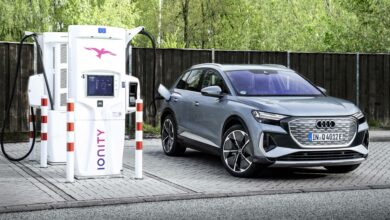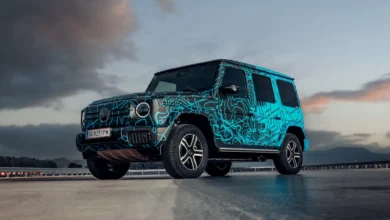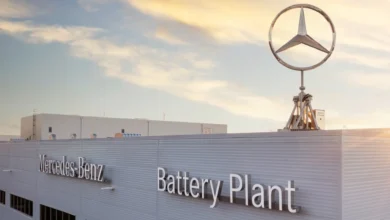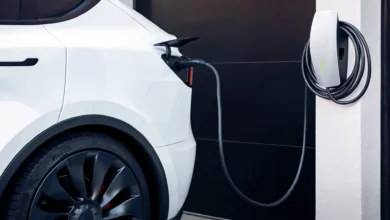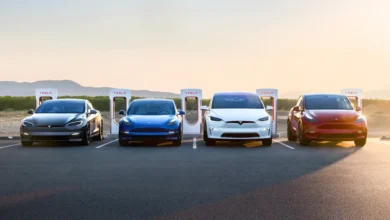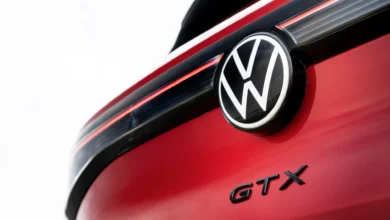
Mercedes-Benz is preparing to become a 100% electric brand. This transformation will also affect its Mercedes-Benz Vans (vans), Mercedes-Maybach (luxury models), and Mercedes-AMG (sports models) divisions; in fact, the company is currently developing a specific platform for the latter: the AMG.EA.
Mercedes-AMG confirmed at the time that this architecture will debut at the end of 2025 in a 100% electric sports car. Ola Källenius, executive director of the firm of the star, was in charge of making the announcement: “We are now developing a fully dedicated electrical architecture for AMG, from scratch. “
This vehicle will be a high-performance sedan called to replace the current Mercedes-AMG GT 4-door; therefore, among its rivals will be the future Maserati Quattroporte Folgore and electric Porsche Panamera, falling into the F segment (representation saloons). Its aesthetics will be directly inspired by the lines of the Mercedes Vision AMG prototype.
The use of a specific platform will allow Mercedes-AMG to use experimental technical solutions since the architectures for widely used automobiles (MMA, MB.EA, and VAN.EA) will have to achieve a compromise between technology and cost that will not be found in the advanced supercars signed by AMG, much more expensive and profitable.
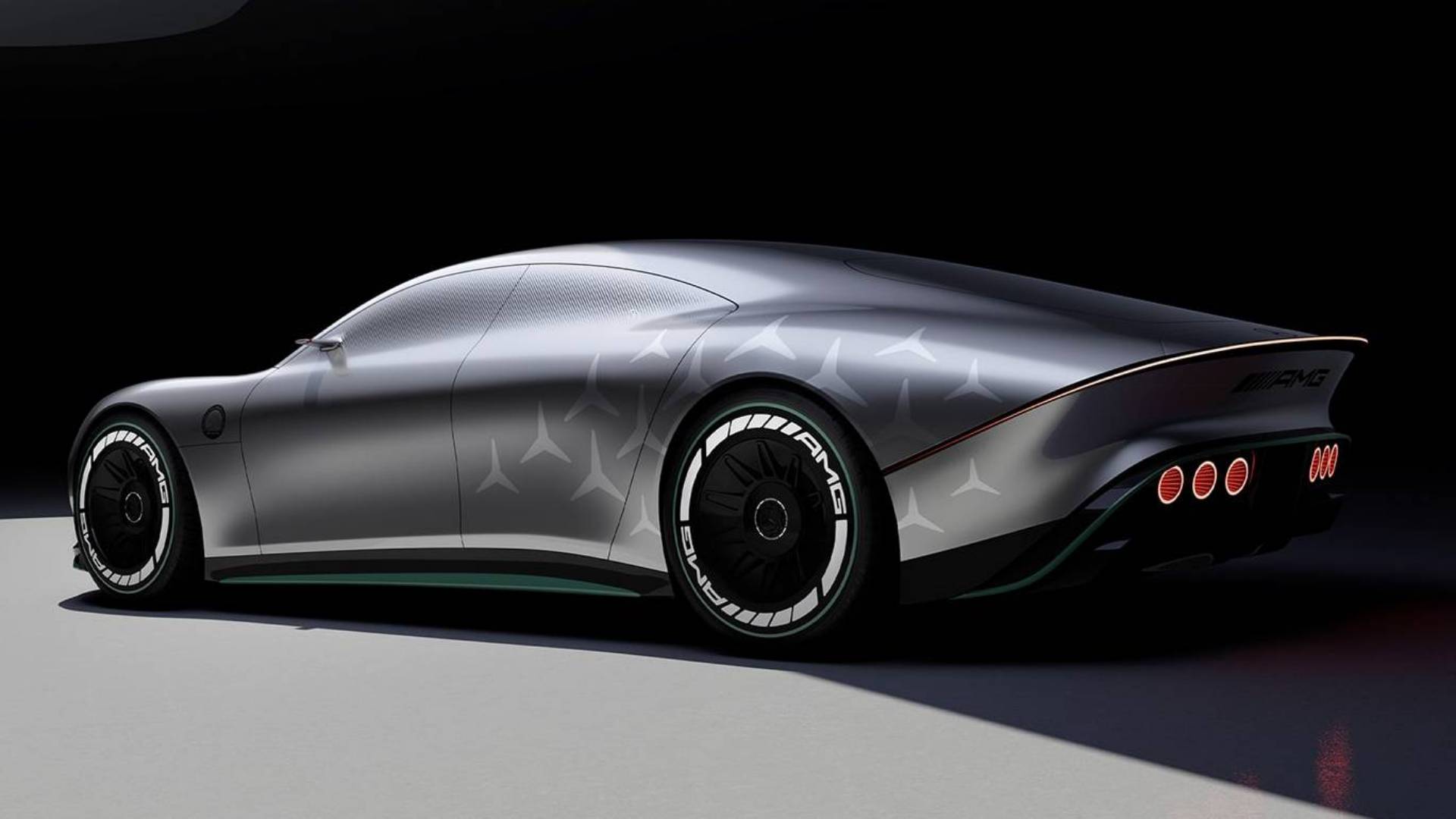
Mercedes-AMG is developing the AMG.EA platform
Everything indicates that our protagonist will have a better aerodynamic coefficient than the current Mercedes-Benz EQS, which announces a Cx of just 0.20. Although it will be over five meters long, it will most likely be somewhat shorter than the EQS itself. As is the case with the Mercedes-AMG GT 4-door, it will have a fastback profile and a tailgate.
The use of a new generation of batteries with a high energy density will allow it to exceed the 784 km WLTP of autonomy approved by the EQS… but also the 850 km WLTP that the next electric CLA will obtain (2024), approaching or even surpassing the psychological barrier of the 1,000 km WLTP.
Its propulsion system will consist of a set of ultra-compact axial flow motors capable of maintaining high power and torque for longer. Its electrical architecture will be 800 volts, so it should offer extremely competitive charging times.
